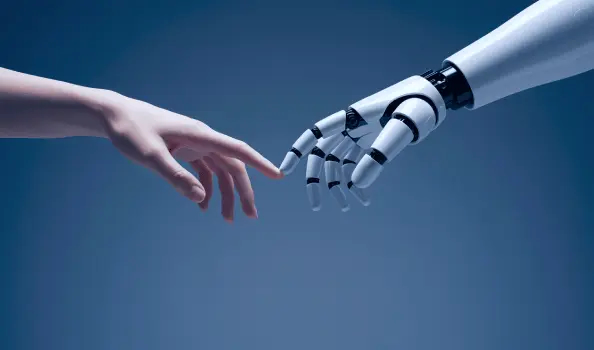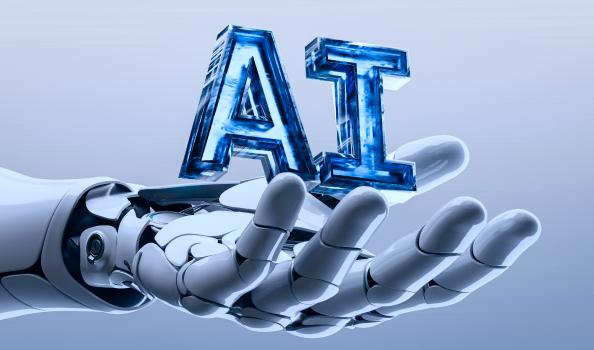Innovation and technology have significantly altered the way teams collaborate, communicate, and operate in modern workplaces. As digital tools become more sophisticated, organizations are rethinking traditional team structures and adopting innovative approaches to enhance productivity and engagement. From artificial intelligence (AI) to cloud-based collaboration platforms, technology is reshaping team dynamics in ways that were unimaginable just a decade ago.
The Evolution of Team Dynamics in the Digital Era
Traditionally, teams worked in centralized office spaces with limited tools for remote collaboration. Meetings were conducted in person, and communication relied heavily on phone calls and emails. However, with the rapid advancement of technology, team dynamics have shifted toward a more flexible, decentralized, and agile model.
1.Remote and Hybrid Workforces
The rise of remote and hybrid work models has been one of the most significant transformations. Video conferencing tools like Zoom and Microsoft Teams allow employees to collaborate from anywhere in the world. Cloud-based document-sharing platforms such as Google Drive and Dropbox enable real-time collaboration, ensuring that team members remain connected despite geographical barriers.
2.AI-Powered Productivity Tools
AI is revolutionizing team dynamics by automating repetitive tasks and enhancing decision-making. Tools like chatbots, virtual assistants, and AI-driven analytics platforms help teams manage workloads efficiently. For example, AI-driven project management tools like Asana and Trello provide predictive analytics and automated task assignments to optimize workflows.
3.Enhanced Communication and Collaboration
Technology has made team communication more efficient through instant messaging platforms like Slack and Discord. These tools reduce email clutter, provide real-time updates, and integrate with other productivity applications. Additionally, collaborative whiteboards like Miro and MURAL facilitate brainstorming sessions and idea-sharing, even in remote settings.
The Impact of Innovation on Team Efficiency
Increased Agility and Flexibility
Teams can quickly adapt to changing circumstances due to the availability of agile tools. Cloud computing allows teams to access information and work collaboratively in real-time, reducing delays and improving responsiveness.
Data-Driven Decision Making
Advanced data analytics tools enable teams to make informed decisions backed by real-time insights. Organizations can use business intelligence platforms such as Tableau and Power BI to analyze performance metrics and predict trends, fostering a more strategic approach to problem-solving.
Stronger Employee Engagement and Satisfaction
Gamification, AI-driven feedback tools, and personalized learning platforms help improve employee engagement. Platforms like Coursera and LinkedIn Learning offer continuous upskilling opportunities, ensuring that employees stay motivated and adaptable to technological advancements.
Challenges and Considerations
Despite the numerous benefits, integrating technology into team dynamics presents challenges:
- Security and Data Privacy: With the increasing reliance on digital tools, organizations must ensure data protection and cybersecurity measures are in place.
- Technology Overload: The excessive use of multiple communication platforms can lead to digital fatigue, requiring companies to streamline tools effectively.
- Workplace Culture Shift: Traditional organizations may struggle with adapting to digital-first environments, requiring change management strategies to ease the transition.
The Future of Team Dynamics
As technology continues to evolve, the future of team dynamics will likely see further automation, augmented reality (AR) for virtual collaboration, and blockchain for secure data sharing. Organizations that embrace these advancements will position themselves for long-term success in an increasingly digital world.
Innovation and technology have fundamentally transformed team dynamics, enabling organizations to work smarter, faster, and more collaboratively. While challenges remain, the benefits of integrating technology into team structures far outweigh the drawbacks. Companies that proactively adopt and adapt to technological advancements will thrive in the modern workforce, driving innovation and efficiency to new heights.



